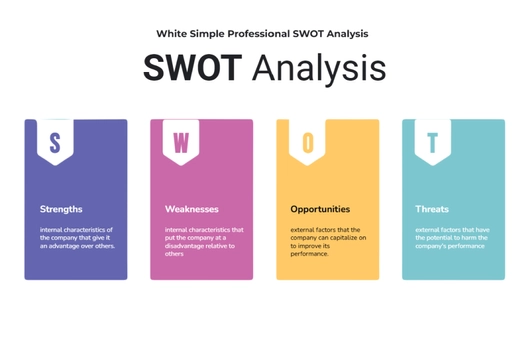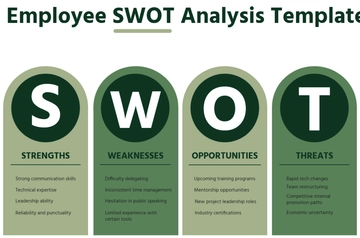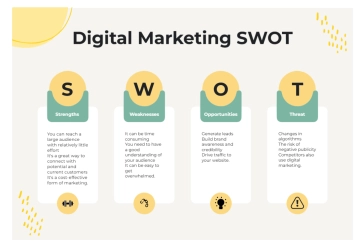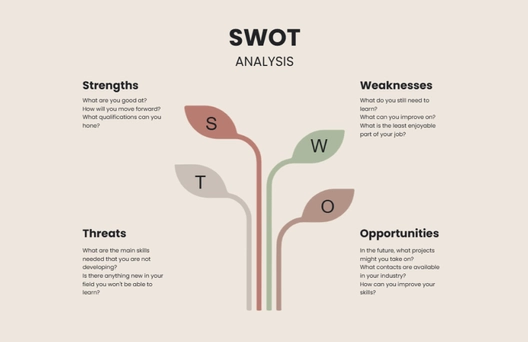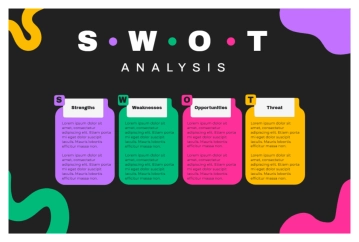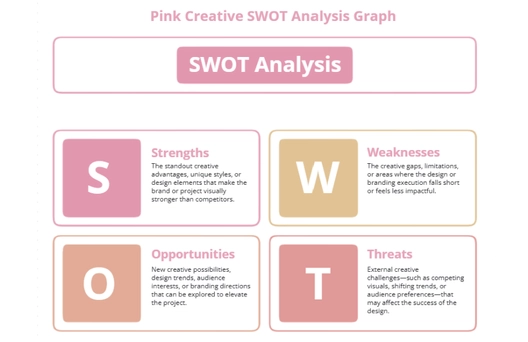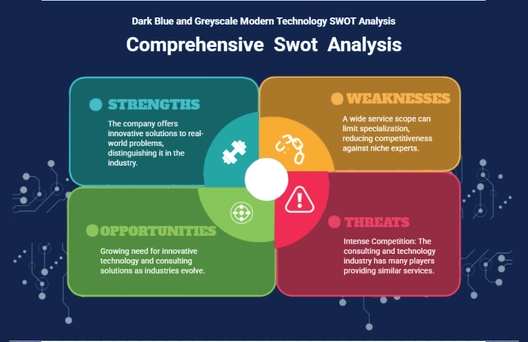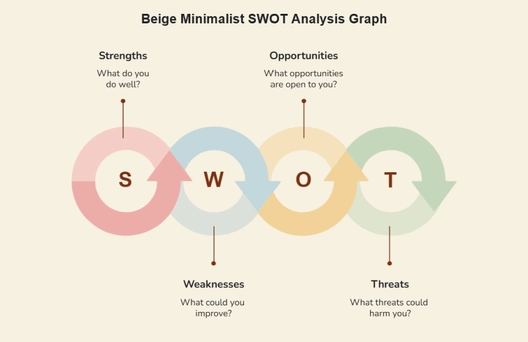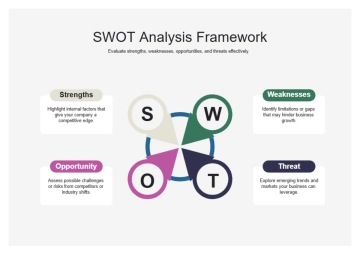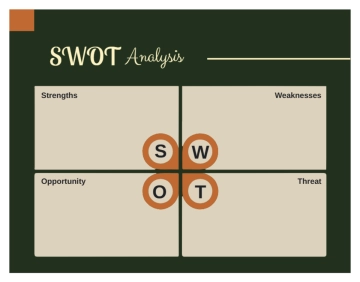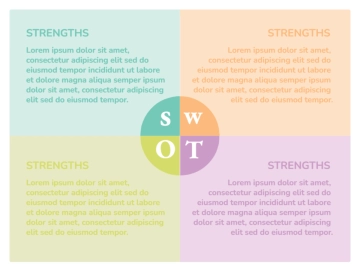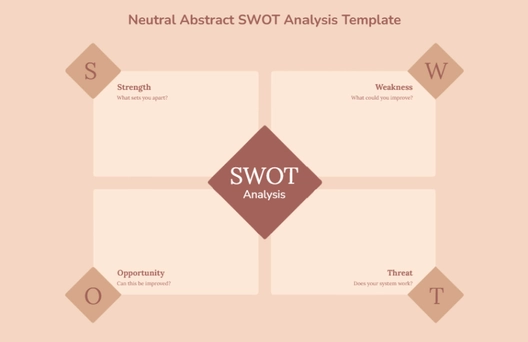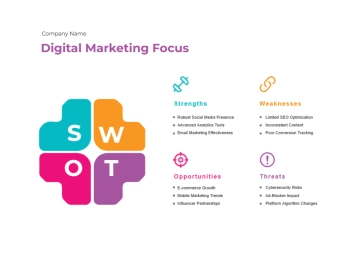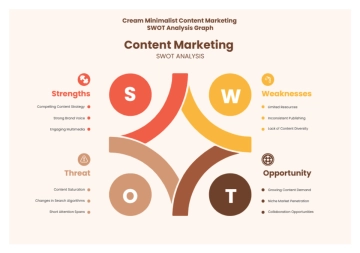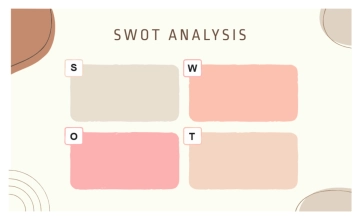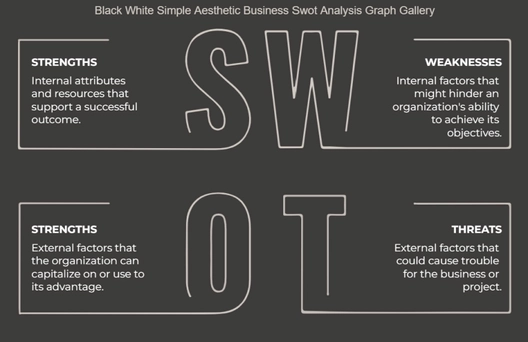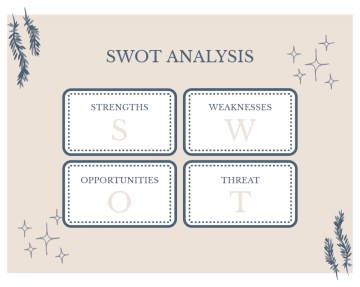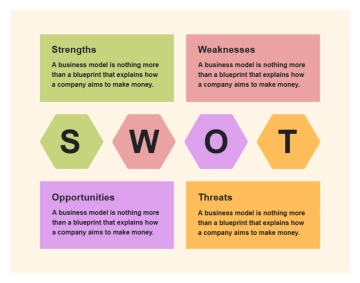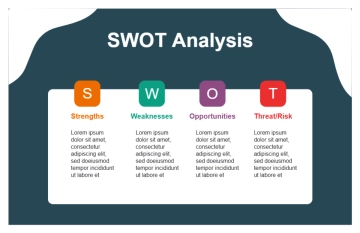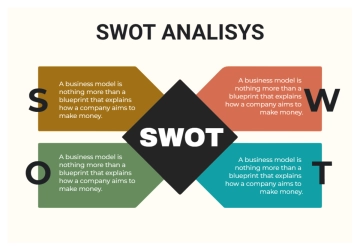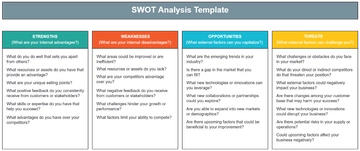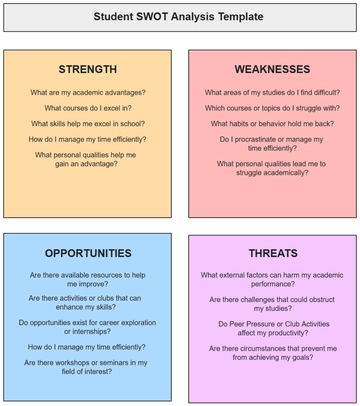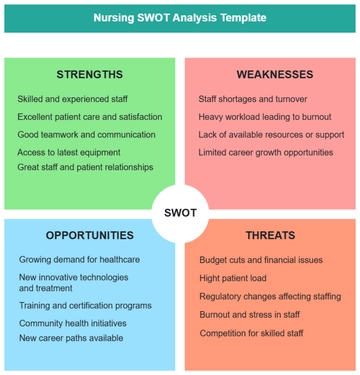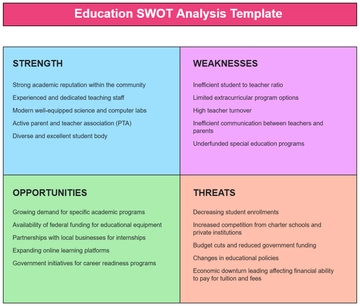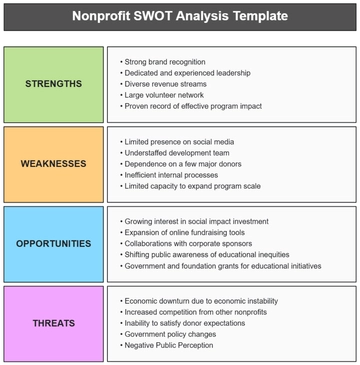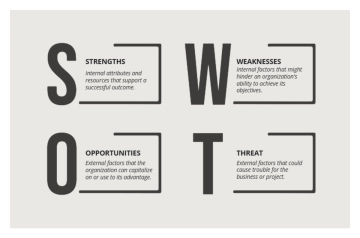Comprehensive Recruitment Analysis HR
Executive Summary
This Comprehensive Recruitment Analysis report provides an in-depth evaluation of the recruitment process at Human Resources, located in [Your Company Address]. The analysis, conducted by the HR department and led by [Your Name] HR Manager, covers various aspects of recruitment to identify strengths, weaknesses, and areas for improvement.
Job Description Analysis
Clear and Detailed Job Descriptions | 89% |
Alignment with Organizational Goals and Culture | |
Inclusion of Essential Qualifications and Skills | |
Findings:
89% of job descriptions were found to be clear and detailed, providing comprehensive information about job roles and responsibilities.
Sourcing Channels
Sourcing Method | Percentage of Successful Hires | Average Cost per Hire ($) | Average Time-to-Fill (Days) |
Job Boards | 46% | $750 | 30 |
| | | |
Findings:
Job boards were the most effective sourcing method, contributing to [00]% of successful hires, followed by social media ([00]%) and employee referrals ([00]%).
Candidate Experience
Feedback from Candidates Regarding the Application Process
Feedback from candidates plays a crucial role in evaluating our recruitment process's candidate-centricity. Through surveys and post-application interviews, we gathered valuable feedback. Overall, [00]% of candidates expressed satisfaction with the clarity of the application process and the communication received during this stage.
Time Taken to Respond to Applications and Schedule Interviews
A significant aspect of candidate experience is the timeliness of our responses. On average, it took us [0] business days to acknowledge receipt of applications, which is in line with industry standards. However, we identified room for improvement in scheduling interviews, as the average response time for interview scheduling was [0] business days.
Overall Candidate Satisfaction
To gauge overall candidate satisfaction, we employed Net Promoter Score (NPS) surveys. The analysis revealed a positive NPS score of +32, indicating that a majority of candidates would recommend our recruitment process to others. While this is a favorable score, we aim to further enhance candidate satisfaction.
Screening and Selection
Evaluation of the Screening Criteria and Interview Questions
Our analysis included a review of screening criteria and interview questions used in the selection process. It was found that [00]% of screening criteria effectively aligned with job requirements, and [00]% of interview questions assessed relevant skills and competencies.
Assessment of Interview Panel Effectiveness
We assessed the effectiveness of interview panels in making informed hiring decisions. Our findings indicate that interview panels were effective in 89% of cases, ensuring a thorough evaluation of candidates.
Diversity and Inclusion in the Selection Process
Diversity and inclusion are paramount in our recruitment efforts. Analysis revealed that [00]% of hires represented diverse backgrounds. While this shows progress, we are committed to increasing diversity and inclusion in our selection process.
Offer and Onboarding
Analysis of Offer Acceptance Rates
Offer acceptance rates are an essential metric for assessing the attractiveness of our job offers. Our analysis indicates an offer acceptance rate of [00]%, demonstrating competitive and appealing offers to candidates.
Time Taken to Extend Job Offers
Timeliness in extending job offers is vital to secure top talent. On average, it took [0] business days to extend job offers, meeting industry standards.
Onboarding Process Effectiveness
Effectiveness of the onboarding process was assessed through post-onboarding surveys. Feedback revealed a satisfaction rate of [00]% among new hires, indicating a positive onboarding experience. We will continue to refine and enhance the onboarding process to ensure a seamless transition for new employees.
Time-to-Fill Metrics
Average Time Taken to Fill a Vacancy
Our analysis reveals that, on average, it takes [00] days to fill a vacancy within our organization. However, it's important to note that there are variations in time-to-fill based on position types and departments, as detailed in the appendix.
Time-to-Fill by Position Type or Department
For a more granular understanding of our time-to-fill metrics, we have provided a detailed breakdown by position type and department in Appendix A. This breakdown highlights the varying recruitment timelines across different roles and business units.
Cost Analysis
Total Recruitment Costs
In the past year, our total recruitment costs amounted to $[000,000]. These costs encompass expenses related to advertising, technology, and personnel involved in the recruitment process.
Cost per Hire (CPH) for Different Positions
To assess the cost efficiency of our recruitment efforts, we conducted a Cost per Hire (CPH) analysis. This analysis, presented in Appendix B, provides insights into the CPH for different positions within the organization.
Quality of Hire
Evaluation of Employee Performance Post-Hire
We conducted a thorough evaluation of employee performance post-hire, which resulted in an average performance rating of 4.2 out of 5.0. This rating reflects the overall quality of hires and their contributions to the organization.
Retention Rates for Hires from Different Sources
Appendix C contains a comprehensive breakdown of retention rates based on the source of hires. This data highlights the varying retention rates for employees hired through different sourcing methods, shedding light on the long-term effectiveness of our recruitment sources.
Technology and Tools
Assessment of HR and Recruitment Software
We assessed the performance of our HR and recruitment software to evaluate its efficiency and effectiveness. The analysis indicates that our software solutions have streamlined various recruitment processes, resulting in time and cost savings.
Feedback on the Applicant Tracking System (ATS) and Other Tools
Feedback from our recruitment team and hiring managers regarding the ATS and other recruitment tools has been generally positive. These tools have facilitated candidate tracking, communication, and collaboration. We will continue to explore opportunities for further integration and optimization.
Feedback and Improvement Recommendations
Gathering Feedback from Recruiters, Hiring Managers, and Candidates
To ensure continuous improvement, we actively sought feedback from our recruitment team, hiring managers, and candidates. Their insights and experiences have provided valuable perspectives on our recruitment process.
Recommendations for Process Improvements and Adjustments
Based on the feedback received, we have identified several key recommendations for process improvements and adjustments. These include streamlining communication during the interview process, enhancing candidate feedback mechanisms, and refining our diversity and inclusion initiatives. A detailed action plan for implementing these recommendations is in progress.
Benchmarking
Comparison of Recruitment Metrics to Industry Benchmarks
To assess our competitiveness and effectiveness in the recruitment landscape, we conducted a thorough benchmarking analysis. This involved comparing our recruitment metrics to industry benchmarks. While we have achieved success in several areas, such as time-to-fill and diversity, we have identified opportunities to further align our practices with industry best practices.
In conclusion, the Feedback and Improvement Recommendations and Benchmarking sections offer a forward-looking perspective on our recruitment process. Feedback from stakeholders and benchmarking against industry standards will guide our efforts to continuously enhance our recruitment strategies and ensure we remain competitive in attracting top talent.
Future Outlook
In this section, we outline our organization's future recruitment goals and strategies, aimed at maintaining a competitive edge in talent acquisition.
Adapting Our Recruitment Approach for Future Workforce Needs
To meet the evolving needs of our workforce, we will implement a more dynamic and flexible recruitment approach. This includes a focus on talent development and internal mobility, allowing us to nurture and upskill our existing workforce while simultaneously attracting new talent. Additionally, we will place a stronger emphasis on remote and hybrid work options to accommodate the changing preferences of candidates.
Conclusion
This Comprehensive Recruitment Analysis has provided us with invaluable insights into our recruitment process's strengths and areas for improvement. It is clear that recruitment is not just a function but a strategic imperative for our organization.
Should you require additional details or wish to discuss these findings and recommendations further, please feel free to contact me.
HR Templates @ Template.Net

